Fees and Remuneration in South Africa in the 1920’s
The South African Society of Massage and Medical Gymnastics (now known as the South African Society of Physiotherapy) was formed on …

In 2011the Spanish physiotherapy journal Cuestiones de Fisioterapia ran a special issue on the history of physiotherapy in Spain (link to full pdf of the journal). Very generously, the authors included English translations of many of the abstracts. Thanks to Glenn also for translating a version of the editorial through Google …
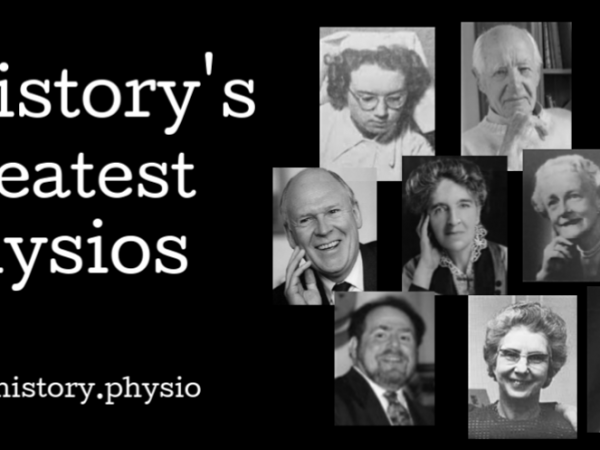
On the 125th anniversary year of the commencement of the Society of Trained Masseuses in the United Kingdom, one of the seminal moments in the history of the profession, the International Physiotherapy History Association (IPHA) called for nominations from the global physiotherapy and physical therapy community to help determine History’s …
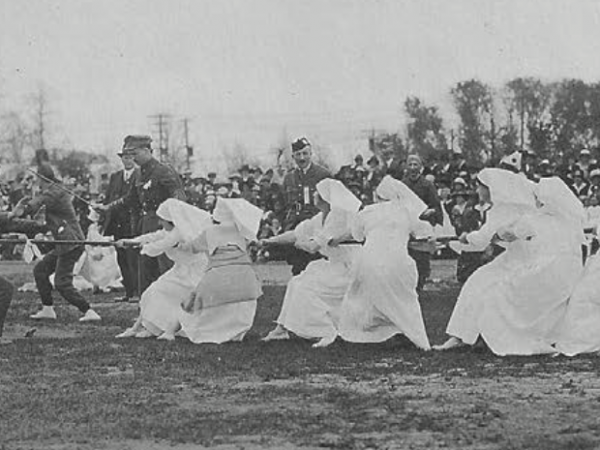
UPDATE: The Winners will be announced early, on 14 November 2019. In this 125th anniversary year of the commencement of the Society of Trained Masseuses in the United Kingdom, arguably the beginning of the profession, the International Physiotherapy History Association (IPHA) called for nominations from the global physiotherapy and physical …
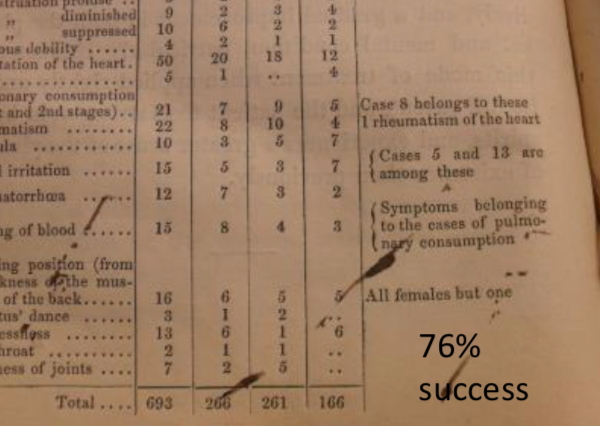
Following on from last week’s post on Kay Nias’s presentation on the history of massage, this week we have a pdf of some of Cameron MacDonald’s work on the history of orthopaedic manipulative physical therapy. For more information, contact Cameron here. Recognizing 200 years of International OMPT Practice pdf
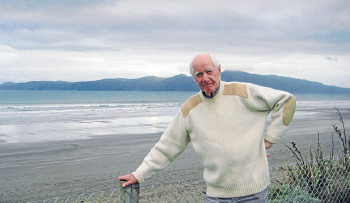
Robin McKenzie has received many awards, honours and titles during his career, and added to them is the International Physiotherapy History Association’s History’s Greatest Physios – People’s Choice Award. The Award is based on the greatest number of nominations for inclusion in the list of History’s Greatest Physios. Robin Anthony …
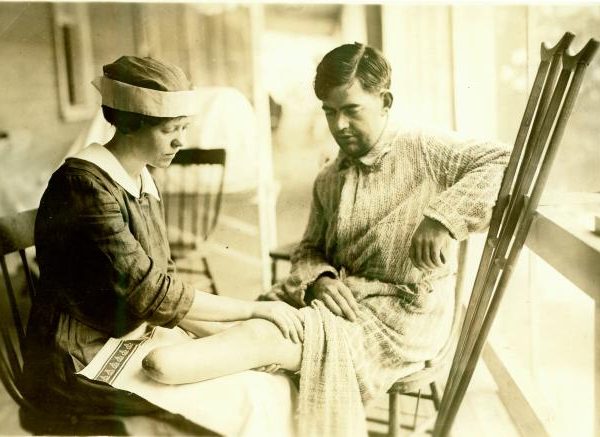
A few days ago, Kay Nias, Medicine Galleries Research Fellow at the Science Museum in London, gave a talk on massage and the history of physiotherapy (link). Kay was kind enough to share her slides with us and the text of her talk (see below). You can find more of …

With some intrepid searching and a lot of time, members of the IPHA Exec have brought together some interesting links to the history of physiotherapy around the globe. The links are listed alphabetically by their country of origin and some may need some translation (thanks Google for making it easier). …

The proceedings of the 3rd international seminar of the International Federation of Orthopaedic Manipulative Therapy make for fascinating reading. Just over 40 years ago now, the meeting held in Vail, Colorado from May 30th to June 3rd brought together some now well known practitioners from around the world. Given the …

Last year we began work on the first ever special issue Physiotherapy Theory and Practice dedicated to the history of physiotherapy, and today the project moved a step closer. All eight draft papers were sent off for peer review today, and we’re posting all of the draft abstracts here so …

Those of you older than, say, 50, should have no trouble identifying these. So do you know what they are and what we did with them?